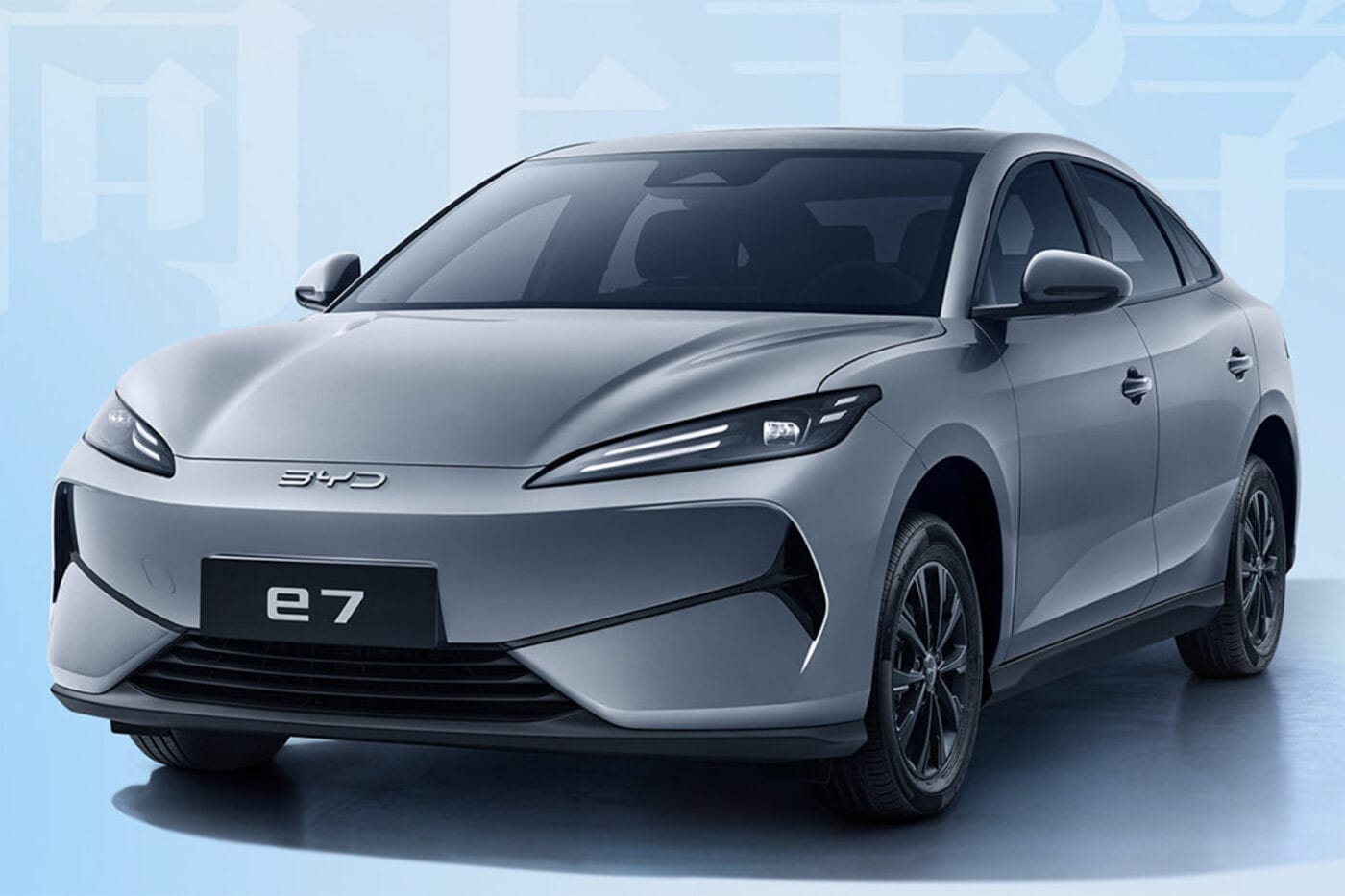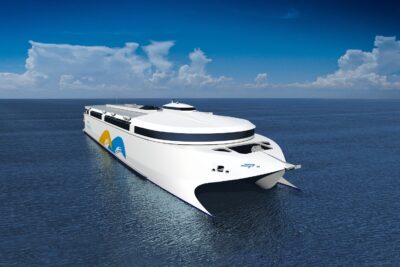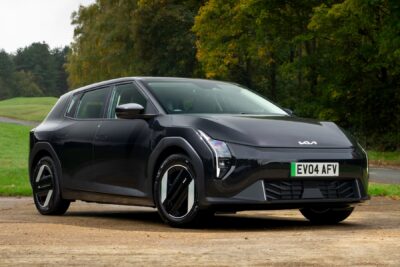BYD adds Level 4 autonomous parking to ADAS
According to a Weibo post from BYD, the company will soon release an OTA update for the ADAS system variants God’s Eye B and C, which includes extended parking scenarios and parking at three speeds: the B and C variants are used in premium and volume models, through to small electric cars. We are talking about an L4 parking system that enables cars to park independently without driver assistance in certain situations. BYD assumes liability for the parking manoeuvre. The driver is not responsible.
In a statement, BYD formulates this as follows: “We are first in the world to propose a guarantee for autonomous parking.” BYD will cover all repair costs, property damage to third parties and compensation for personal injury that may occur due to malfunctions or algorithm errors in the parking assistance system. However, the Group does not anticipate many cases: “Our move reflects absolute confidence in God’s Eye ADAS,” the company added.
BYD also announced that a major update of the ‘God’s Eye’ system would soon follow, which is intended to improve driving and safety in addition to parking. The company presented the ADAS for the first time in February 2025 and announced shortly afterwards that it would also be installed in its small cars. The assistance system will therefore be available in all BYD vehicles, even in the Seagull, which currently costs the equivalent of just 9,300 euros in China. A few days ago, BYD announced that the number of vehicles equipped with ‘God’s Eye’ had already exceeded the 1 million mark.
Among other things, ‘God’s Eye’ enables automated driving on the motorway under the supervision of the driver. Parking is also already part of the range of functions, but not in accordance with Level 4, as is now being introduced in all system variants. BYD differentiates between three variants of the ADAS: The top model of God’s Eye A is the DiPilot 600, which works with three LiDARs and is mainly used by the ultra-luxury brand Yangwang. God’s Eye B is the DiPilot 300, which works with one LiDAR and is mainly used in the Denza brand and some BYD premium vehicles. The more affordable models, on the other hand, use the C version called DiPilot 100, which does not use LiDAR and instead relies on cameras and image recognition.





0 Comments